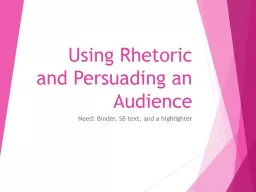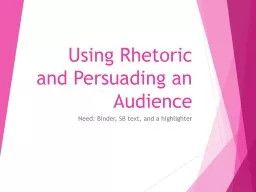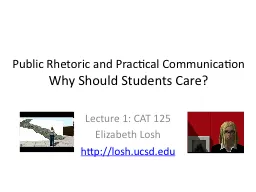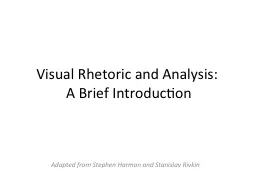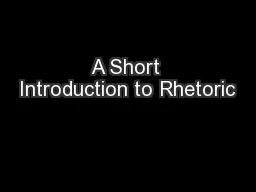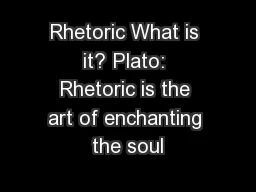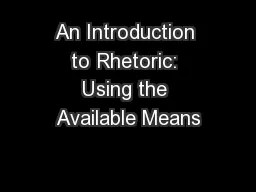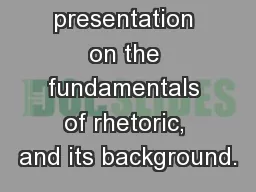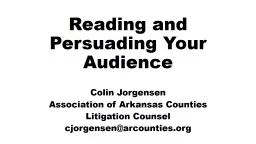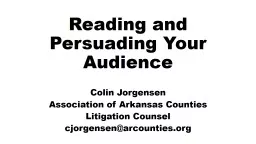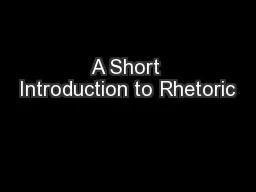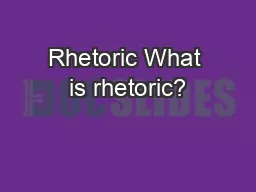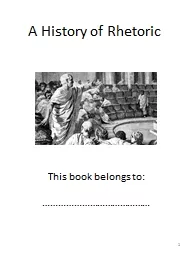PPT-Using Rhetoric and Persuading an Audience
Author : yoshiko-marsland | Published Date : 2017-10-24
Need Binder SB text and a highlighter What is rhetoric Turn to page 65 in your SB text to find out Rhetoric The use of words to persuade either in writing or speech
Presentation Embed Code
Download Presentation
Download Presentation The PPT/PDF document "Using Rhetoric and Persuading an Audienc..." is the property of its rightful owner. Permission is granted to download and print the materials on this website for personal, non-commercial use only, and to display it on your personal computer provided you do not modify the materials and that you retain all copyright notices contained in the materials. By downloading content from our website, you accept the terms of this agreement.
Using Rhetoric and Persuading an Audience: Transcript
Download Rules Of Document
"Using Rhetoric and Persuading an Audience"The content belongs to its owner. You may download and print it for personal use, without modification, and keep all copyright notices. By downloading, you agree to these terms.
Related Documents

